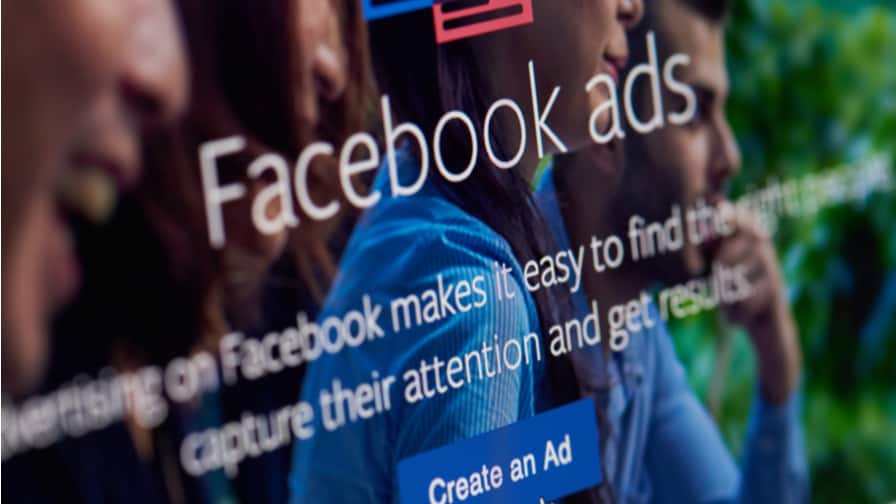When it comes to connecting with e-commerce consumers, all social media platforms are not created equal.
For example, did you know that 80% of users follow businesses on Instagram? Or that over one million store visits are generated by ads on Facebook?
As two of the top social channels in the UK, Facebook and Instagram hold a lot of potential for online brands and retailers. The more you optimise your social media advertising on these platforms, the better positioned you’ll be to reach the right consumers.
Based on experiences with more than 2,800 sellers worldwide, the e-commerce experts at ChannelAdvisor have identified several key strategies you can use to get ahead with Facebook and Instagram advertising.
1. Be dynamic
Successful sellers know to make dynamic ads a central component of their Facebook and Instagram advertising strategies. Because they’re designed to entice and engage, well-positioned dynamic ads tend to drive strong results.
We’ve seen online retailers experience as much as a 36% increase in average order value after implementing a dynamic ad strategy.
These retargeting ads are ideal for brands and retailers — and not just because they automate the process of connecting people to products that have already captured their interest. In addition, dynamic ads can be optimised so they really stand out in news feeds.
For example, some sellers use dynamic ads for retail to close the gap between mobile searches and high-street shops. By showcasing nearby inventory and pricing, you can easily guide consumers further down the path to purchase.
Or, if you’re already using a product feed with Google, you can use your Google feed in combination with Facebook dynamic ads to further target your audience.
2. Tell stories
As social sites first and foremost, Facebook and Instagram are used more for discovery than transacting. For this reason, success hinges largely on leveraging a range of strategies that start with social media advertising and extend to sales outside of social platforms — whether that means clicking an organic post to buy on a brand’s website or transitioning over to look at Amazon listings.
On the one hand, 17% of digital buyers have purchased products directly from Facebook (and 4% have done so on Instagram). But when you look at how many product discoveries are influenced by these platforms, those numbers more than triple. As much as 59.4% of millennials name Facebook, Instagram and other social sites as their top resource for discovering products.
It’s little wonder, then, that stories sell.
When leveraging Facebook and Instagram Stories ads to garner more interest in your products, remember that these promotions use the same targeting tools as ads that run elsewhere on the platforms. This means you can capture new audiences by showing ads in stories before following up with additional advertising in news feeds (and vice versa).
3. Communicate often
According to Facebook’s own research, 53% of people are more likely to shop with a business they can message directly. So if you haven’t yet tapped into the potential of Instagram Direct and Facebook Messenger, now’s the time to start. Incorporating these tools into your social advertising strategy can be a great way to develop interactive experiences around consumers’ individualized needs.
You might try integrating Messenger with other Facebook ad formats to guide people further down the path to purchase. Or engage with your most active Instagram followers by using Instagram Direct to offer personalized promotions. Whatever method you choose, this is one area where it pays to get creative and spend some time on customisation.
With Facebook and Instagram, it’s possible to connect with customers in ways that aren’t possible on other advertising channels. The above tips can help shrink the path to purchase from weeks or months to days or hours. The more you focus on getting Facebook and Instagram advertising right, the better positioned you’ll be to reach the right consumers at just the right time.

